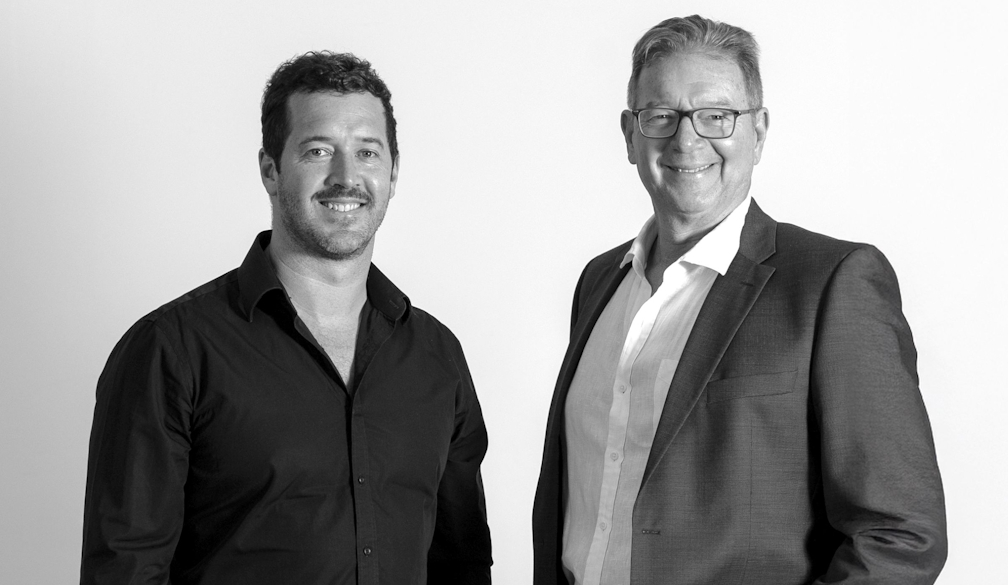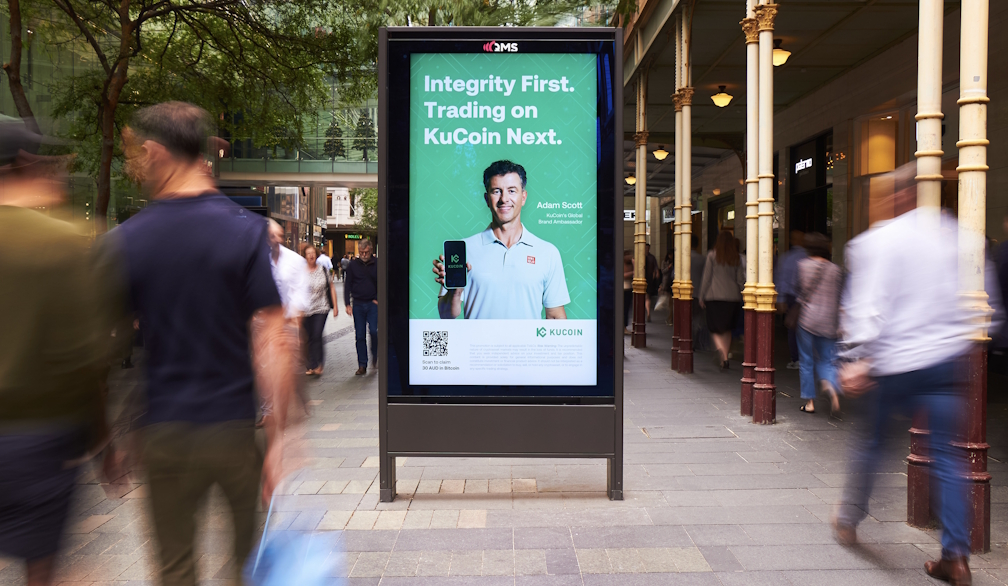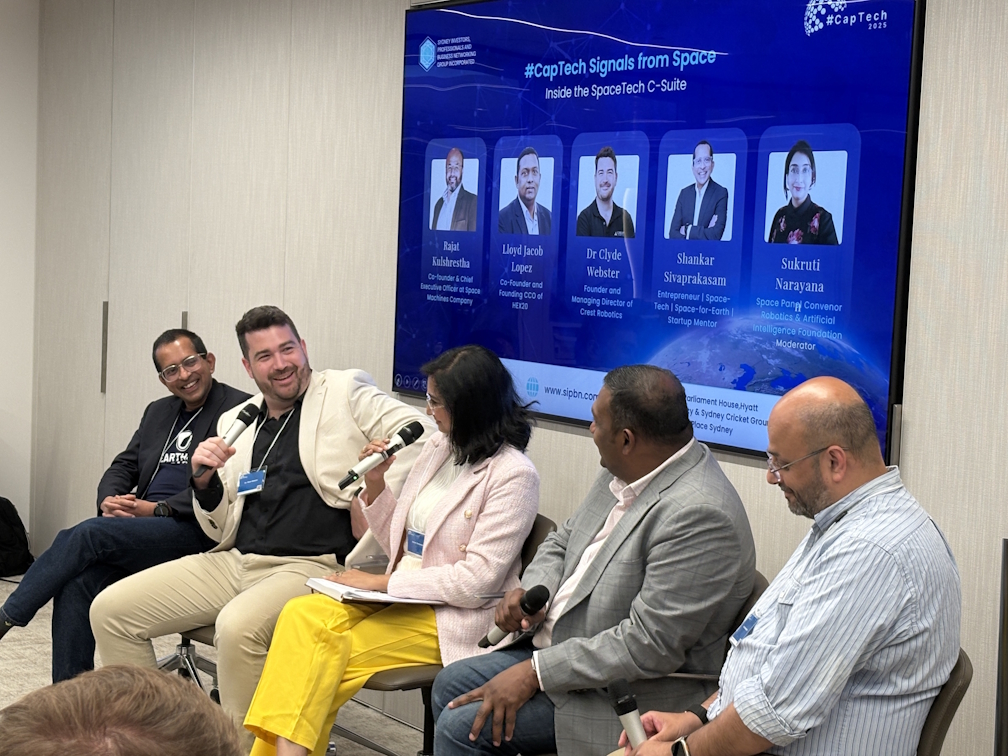a battle for glory against a backdrop of money and fashion
- Written by Simon Chadwick, Professor of AfroEurasian Sport, EM Lyon Business School
The 2025 men’s Champions League final will end in triumph for either Paris Saint-Germain or Inter Milan. And whichever side wins, Uefa will no doubt claim that the tournament’s new format[1], involving more teams, more games and more fans, has been a success.
Not everyone will agree[2] of course. But in commercial terms, there is no doubt that the Champions League continues to generate huge amounts of money for everyone involved.
Thanks to lucrative broadcasting rights, sponsorship deals[3] and ticket sales, the sums handed out to clubs following this season’s competition are eye-watering, with over £2 billion in prize money[4] on offer (up from £1.7 billion last year[5]).
By reaching the final, Paris Saint-Germain (PSG) has already earned £116.96 million[6], and Inter Milan £115.86 million[7].
The winner will receive an additional £5.45 million in prize money, while victory is also expected to generate around £30 million in future revenues[8] through participation in tournaments like the European Super Cup.
Qualifying for the final has also boosted the clubs’ brand value and fan engagement. In the latter stages of the tournament, Inter Milan saw huge growth in its number of followers on social media[9].
But for all the big numbers on revenue statements and social media accounts, this year’s final has a cultural dimension which is hard to measure in numbers alone.
Paris and Milan are both global fashion capitals, home to famous designers and globally coveted labels. PSG and Inter Milan are on a mission to emulate those brands, with attractive football which brings prestige and heritage.
And some parallels can be drawn between the style of the teams and the cities they call home. PSG for example, with its focus on building a team packed with young local talent[10], has managed to mirror the sophistication and flamboyance of Paris.
The side’s partnerships with Jordan[11] and Dior position the club[12] as a vessel[13] for the city’s global image: one that is bold, luxurious, cosmopolitan.
Inter meanwhile, though lacking big name players, embodies a classic disciplined and defensively minded Italian approach to football (historically referred to as “catenaccio”[14] and translated as “locked door”). It’s a fitting match for the crisp, distinctive style of the fashion houses based in Milan.
The side’s identity is rooted not in flamboyance, but in structure and refinement – like the precise tailoring of Prada and Armani. So perhaps while PSG is the billboard of global luxury, Inter is the blueprint of Italian design culture – less performative, more exacting.
Together, PSG and Inter are brand ambassadors of urban identity for cities looking to exert influence far beyond Parisian and Milanese borders, projecting soft power not just through architecture or tourism, but through the aesthetic performance of sport[15].
In this way, football becomes a stage for symbolic competition between cities, where civic identity is channelled through symbolic and material images such as kits, campaigns and international fandom. In this final, there will be a clash of urban ambition, a soft power play between two of Europe’s most image-conscious metropolises.
Geopolitically, there is plenty at stake too. PSG’s second appearance in a Champions League final is of huge importance to the club’s Qatari owners who have spent years investing[16] in star players from overseas to help build the Gulf state’s image. In recent seasons the club has switched strategy towards signing young, local talent[17].
This has helped PSG position itself as a Parisian club whilst strengthening Qatari relations[18] with the French government. This is particularly important right now as, from next season, PSG will have a local rival. Last year, French luxury goods business LVMH acquired Paris FC[19], which looks set to battle its local rival for the title of the capital’s most prominent club.
For its part, Inter has been through a recent ownership change. Acquired by a Chinese company in 2016, the club struggled (notwithstanding another Champions League final in 2023) as China’s attempted football revolution[20] faltered.
Then in May 2024, the club was bought by a US investment fund[21]. In recent years, this has been a trend across European football whereby American private equity[22] has triumphed Chinese, state-backed investment.
All of this sets up another classic football battle of our age, as 450 million people watch[23] a Champions League final contested between American and Gulf money. The game will be a clash of ideologies as much as it is about stars, cities and fashion.
References
- ^ new format (theconversation.com)
- ^ everyone will agree (www.espn.co.uk)
- ^ sponsorship deals (goaltheball.com)
- ^ £2 billion in prize money (editorial.uefa.com)
- ^ £1.7 billion last year (www.skysports.com)
- ^ £116.96 million (www.givemesport.com)
- ^ £115.86 million (www.givemesport.com)
- ^ £30 million in future revenues (sports.yahoo.com)
- ^ followers on social media (www.inter.it)
- ^ young local talent (www.nytimes.com)
- ^ with Jordan (about.nike.com)
- ^ Dior position the club (www.designscene.net)
- ^ a vessel (www.instagram.com)
- ^ “catenaccio” (jobsinfootball.com)
- ^ aesthetic performance of sport (www.tandfonline.com)
- ^ Qatari owners who have spent years investing (sports.yahoo.com)
- ^ towards signing young, local talent (en.psg.fr)
- ^ strengthening Qatari relations (www.france24.com)
- ^ LVMH acquired Paris FC (www.france24.com)
- ^ attempted football revolution (www.tandfonline.com)
- ^ US investment fund (www.forbes.com)
- ^ American private equity (theconversation.com)
- ^ 450 million people watch (rocketyardsports.com)







